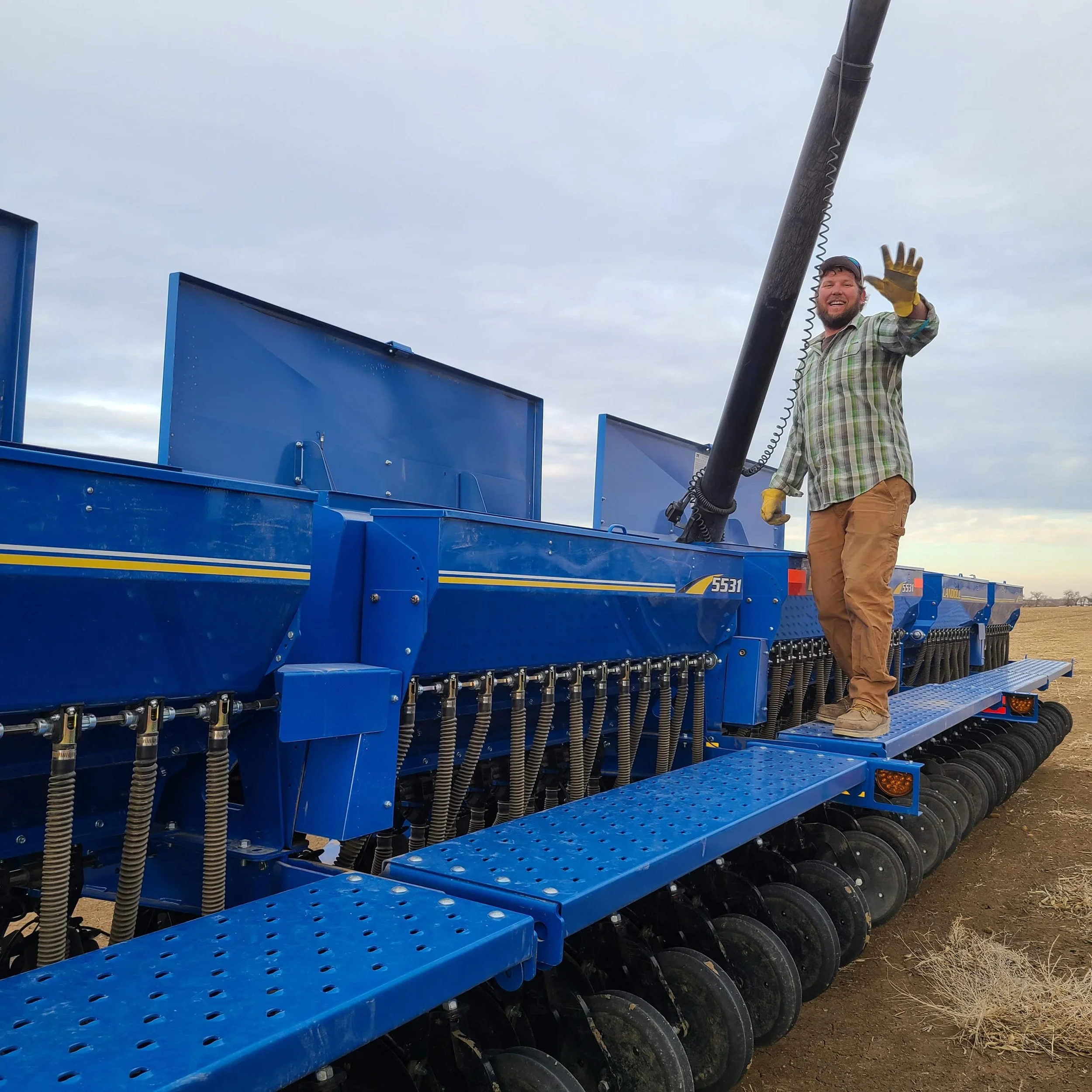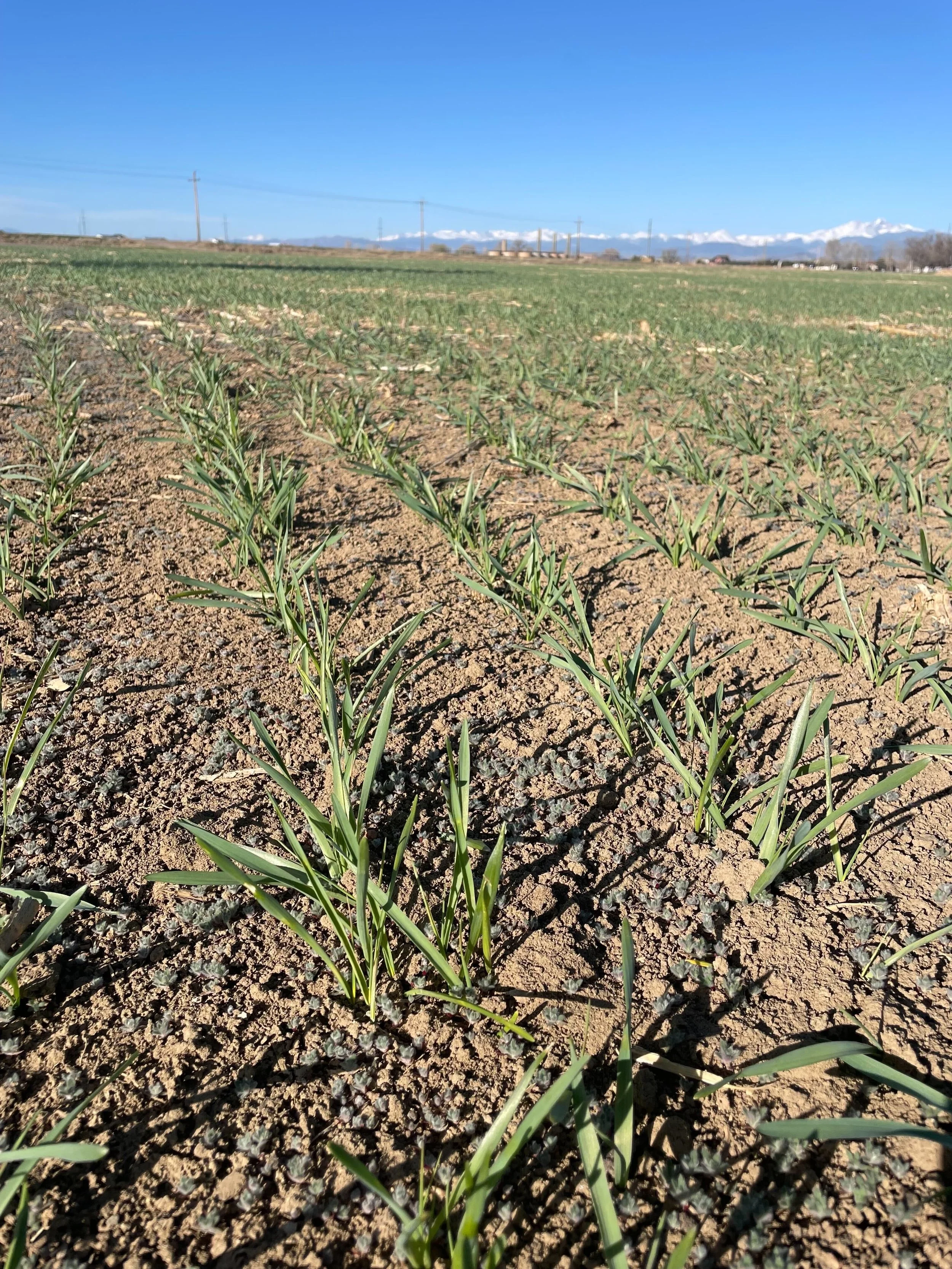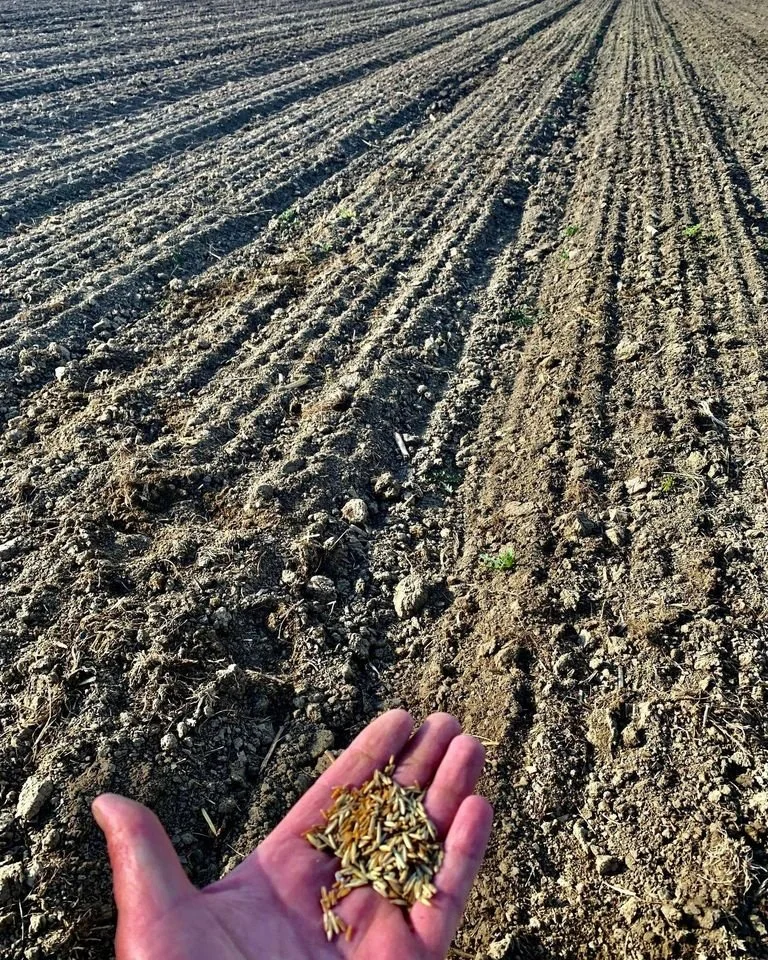We’ve had so much going on at the malthouse and the farm (a staff trip to Germany! Multiple malt medals!) that we haven’t kept up with Field Notes on our farmwork. Rest assured, however, that we have most definitely kept up with the fieldwork itself. Those beers you’re sipping aren’t going to grow themselves!
It’s May and we’re off to a great start to the farming season! All of our grain except for corn is in the ground, and with the moisture we got this past winter, everything is looking happy and healthy. Plus (as always!) we’re up some experimental shenanigans and busily taking notes on how it’s going. Here’s our spring roundup:
900 Acres of Future Beer is in the Ground!
900 acres is the minimum amount it takes annually to keep our malting drums busy. In an ideal world, we’d love to produce even more, so that we can hedge against weather events and stock up our silos for the tougher growing years. If you’ve got a line on available farmland in the area, by all means - give us a call!
And Don’t Forget the Rye Whiskey…
We’re not just all about the beer! We’re hoping some of that barley will become whiskey as well, and for those special batches of rye we planted 60 acres of Guardian Rye seed as well. It’s a new-to-us variety that we selected due to its spicy flavor, and based on a study from Michigan State University. Even if we’re rolling into summer, we know that winter will come, and we’ll need some warming tumblers of something tasty by the fire.
Lightning and Thunder Survived!
Last fall, we shared a post about planting Lightning and Thunder, two experimental barley varieties. Here’s the recap: in Colorado, most barley is planted in the spring. Typically, it can’t take our winter weather and would die if planted in the fall, unlike winter wheat, for example, which requires fall planting and cold weather to thrive in the spring. However, experimental varieties of fall-planted barley are in development with the hope that if we can find a barley that will withstand Colorado winters, it might be a way of providing more moisture to the plants: they could benefit from the winter snows to balance out our springs, which have become warmer and drier.
So we popped two varieties of this barley in the ground last fall and…they survived! Which is exceptionally good news, since this winter was much colder than those in recent years. If they made it through this past cold season, they stand a good chance of making it through future ones.
There’s still a lot of information to be gathered, however. All we can say for certain is that the plants survived and look happy. We still need to test for yield, quality, protein content and more. Stay tuned as we update you throughout the season!
Contemplating Kernza
If you follow our socials, you may have seen a post a couple weeks ago about Kernza. Part of our latest grain experiments, Kernza is a perennial grain developed by The Land Institute out of Kansas. The potential impact of a successful perennial grain is exciting: it could allow farms to have healthier soil biology, and it would reduce the need for tilling and replanting. It could promote carbon sequestration and reduce carbon released into the air from agriculture. There’s still a lot to learn - but no better time to start than now, so we’ve planted seven acres as a start, and we’ll see where it goes!
Corn is Coming and the Wheat is Wonderful!
The last crop that we plant every year, corn needs the weather to be a little warmer than all the others for planting, but we’ve had such a great spring that we managed to get it all in the ground this past week! And the winter wheat - oh, the wheat! With the moisture we had this past winter, the wheat is looking so much better than last spring.
We’re hoping it shapes up to be one heck of a year for harvests. Until that time, we’ll be here, growing your beer!
—Cheers!
Your Olander Farms Team







